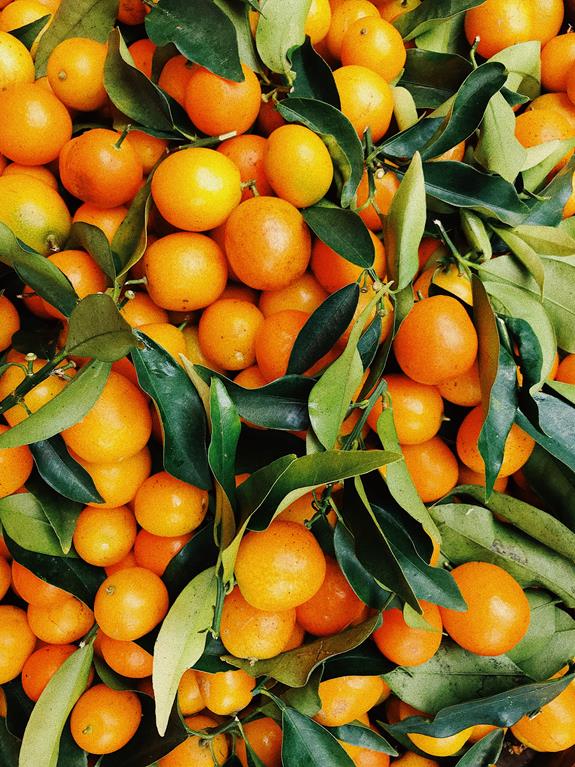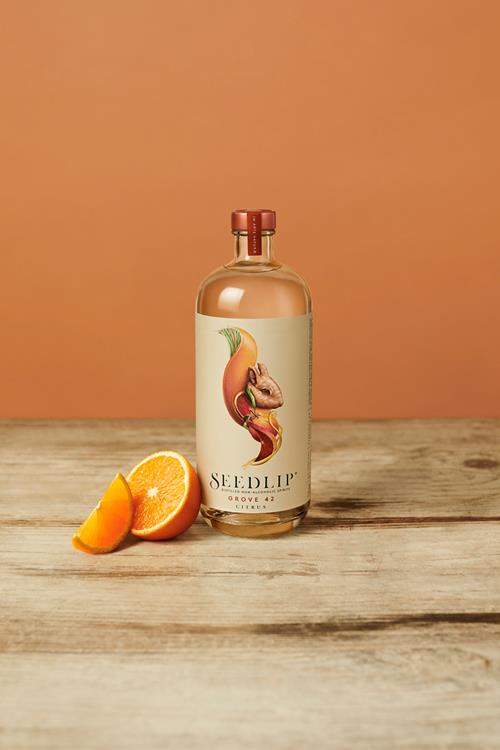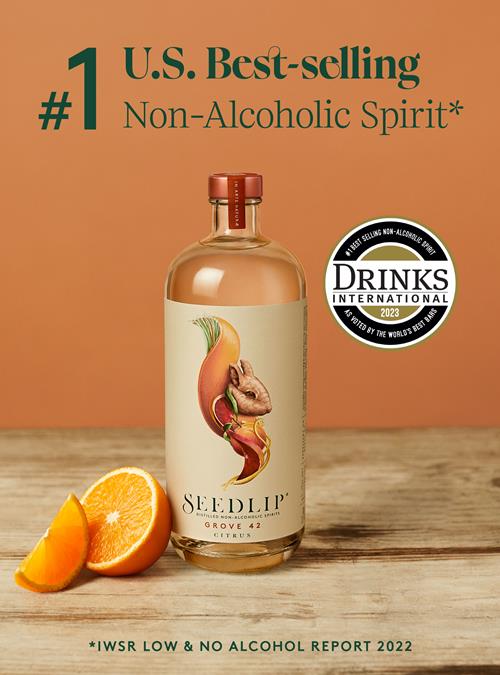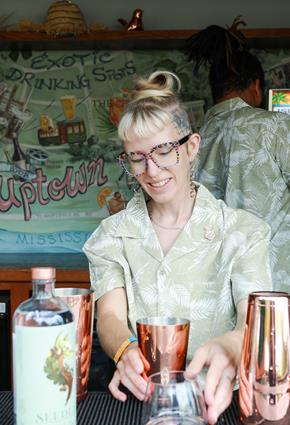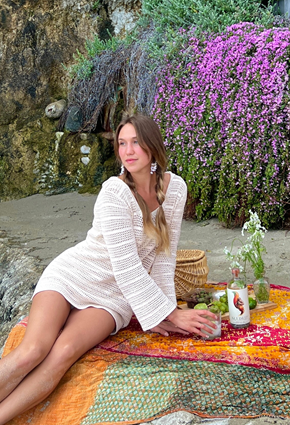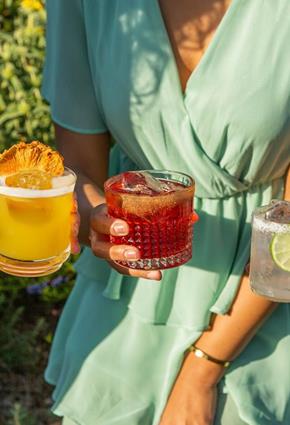The Orange
As the year draws to a close with heavy skies and long nights, & with the scent of the festive Holiday season in the air, what better time for the Orange season to kick off?
As a key ingredient in Seedlip Grove 42, blood orange brings warm, citrus notes perfect for both winter & summer drinks.
It will come as no surprise that the Orange is the most cultivated fruit tree on the planet. An enormous 70 million tons of Oranges were grown last year. 70% of this number is from ‘sweet’ Oranges.
Amongst the many types of sweet Oranges lies the Blood Orange. Often unremarkable from the outside, the inner flesh of blood oranges with hues varying from warm orange to dark blood red, provide the Blood orange with its rather un-appealing name.
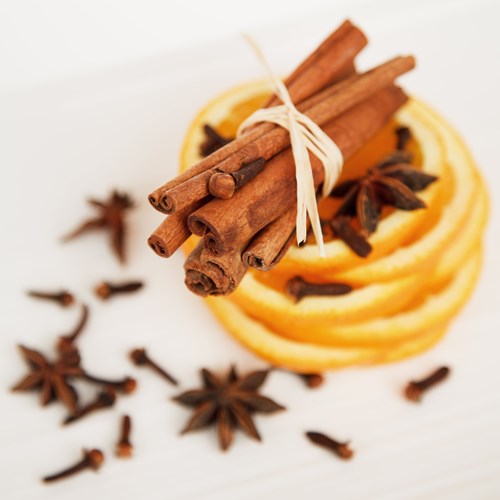
A Little History of the Blood Orange
The earliest record of sweet oranges appears in ancient Chinese texts, dating back to 314 BC. However, the blood orange doesn’t make an appearance until the 18th century when they were first grown along the southern Mediterranean coast of Italy. This is where we source the Blood Orange which goes into Grove 42.
Why the 42?
Although Oranges have been grown in the Far East for thousands of years, it wasn’t till 1542 that the fruit made its way into Europe, and the colour orange first got its name.
What Do Autumn Leaves & Blood Oranges
Have in Common?
The Reds & Purples of autumn leaves and the red flesh of the Blood Oranges are both the result of a pigment called Anthocyanins.
This special pigment is unlike the compound that adds the colours to carrots or bananas as it is only present in the plant during specific times of the growing cycle and needs cooler weather to really get going.
However, Anthocyanins don’t just add color, they are also an antioxidant with anti-inflammatory & anti-viral properties.
So, if you want your Blood Orange packed full of antioxidants, it’s worth eating them right to the end of the season when their flesh is darkest and richest.
Eating
There are many varieties of blood oranges all with their own hue. Here are some of the best ones to keep an eye out for:
(i) Tarocco
Referred to as "half-blood" due to the lightly colored flesh, Tarocco have thin, orange skin with a slight blush of red tones. The Tarocco is one of the world's most popular oranges because of its sweetness and juiciness.
(ii) Moro
The Moro is the most colorful of the blood oranges, with deep red flesh and a bright red blush rind. The flavor is stronger and the aroma is more intense than a normal orange. This fruit has a distinct, sweet flavour with a hint of raspberry. In contrast to the Tarocco or the Sanguinello, the Moro has a more bitter flavour.
(iii) Sanguinello
The Sanguinello which was discovered in Spain in 1929, has a reddish skin, few seeds and a sweet and tender flesh. It is close in character to the Moro.
The Sanguinello matures in February but can remain on trees unharvested until April. Fruit can last until the end of May. The peel is compact and clear yellow with a red tinge. The flesh is orange with multiple blood-colored streaks.
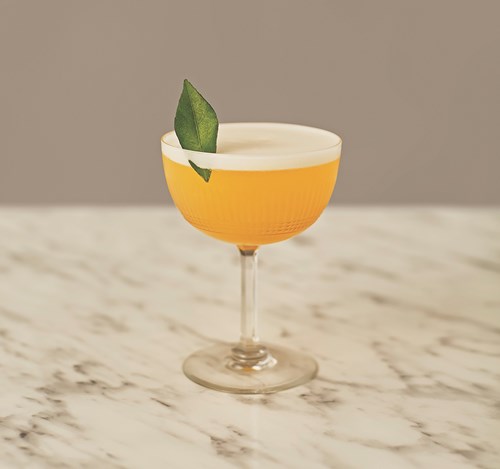
Drinking - Grove 42 Blossom
Seedlip Grove 42: 2 oz Fresh Lemon Juice: 1 tbsp Cider Vinegar: 1 tsp Lemongrass Stalk: 1 Sugar Syrup: 1 tbsp Egg White: 1
Glass & Garnish: Coupe w/ an Orange Leaf
Method: Shake all ingredients, double strain into Coupe glass & garnish wth an Orange Leaf
